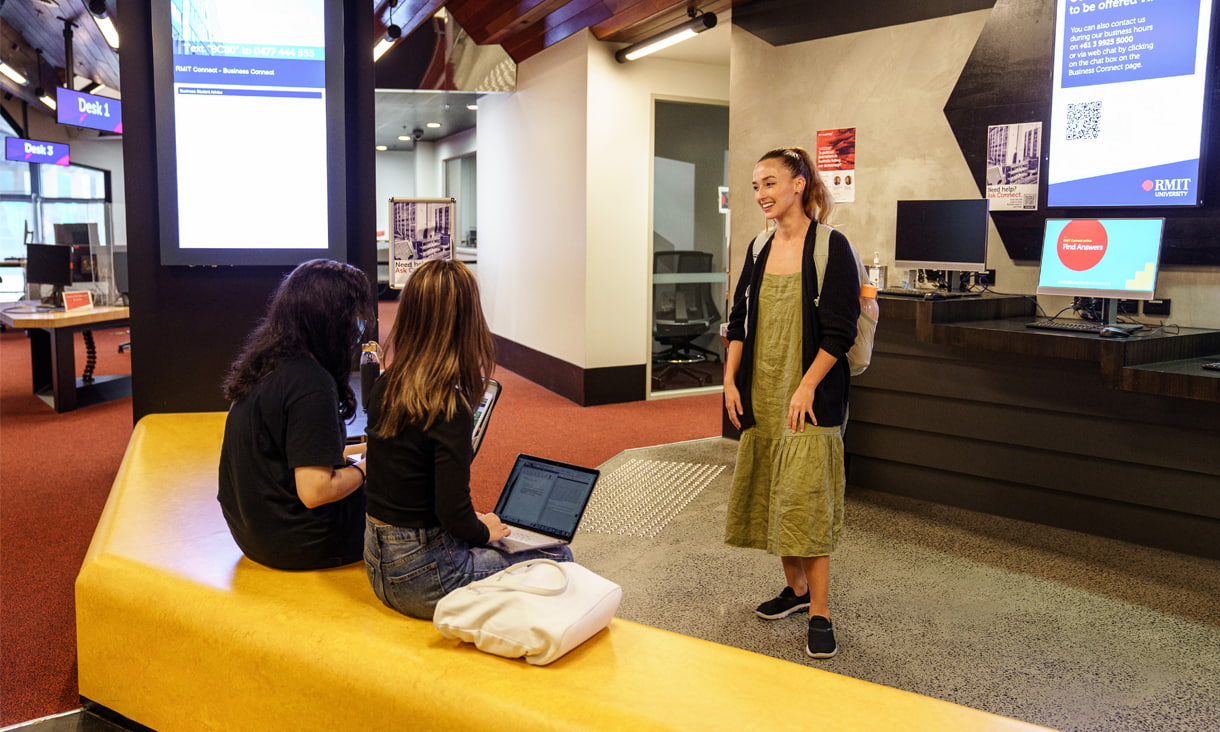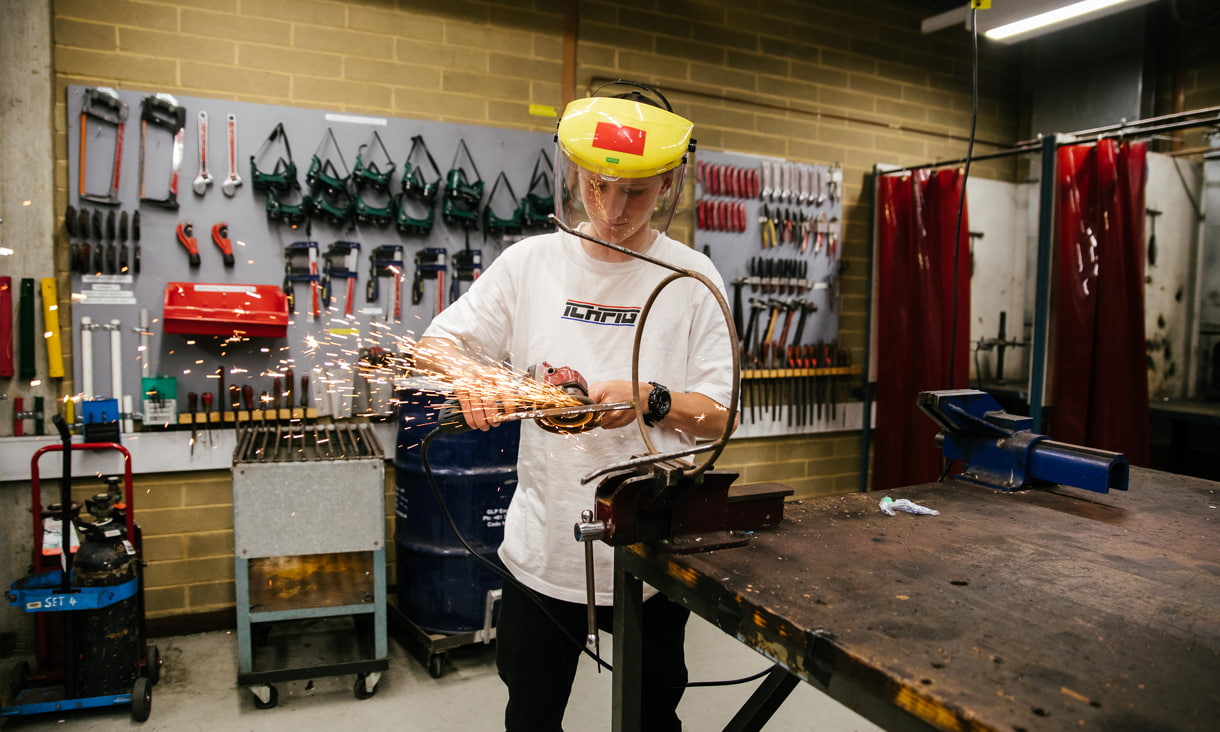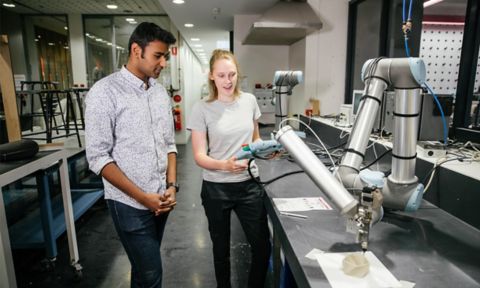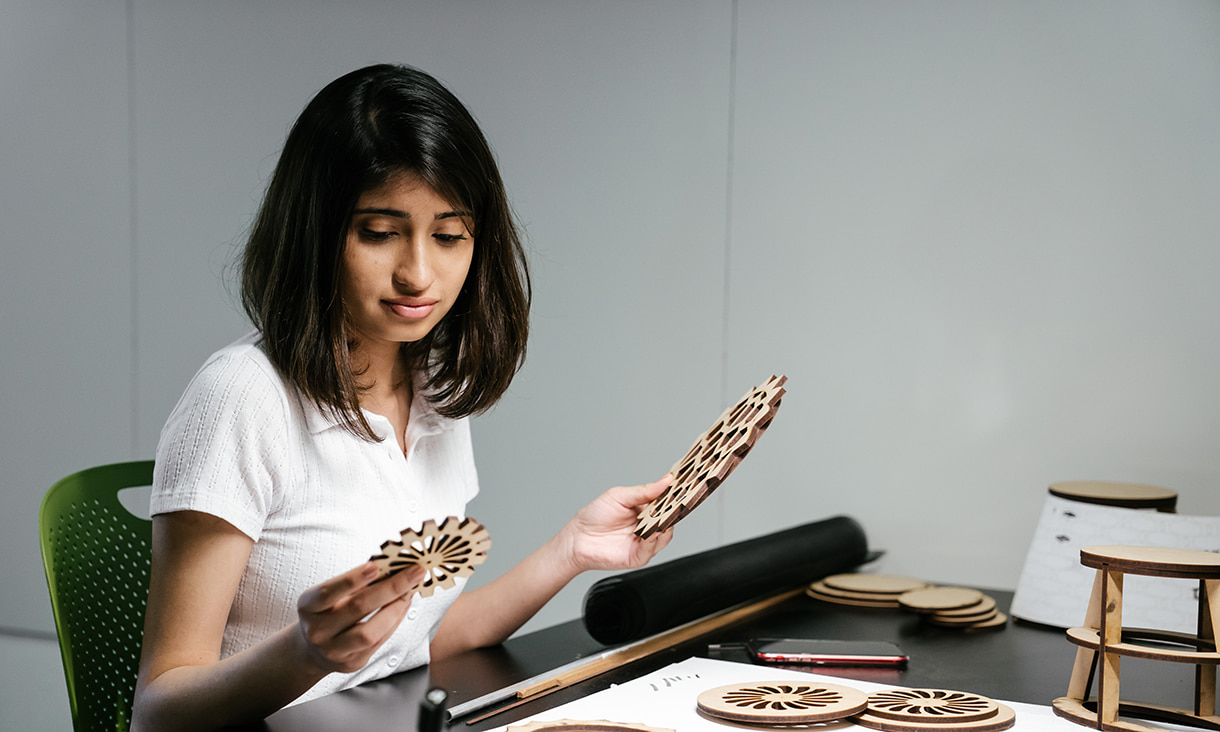Five changes your teen will experience after Year 12
That exciting ‘leaving the nest’ moment is finally here. Here's what you can expect.
Equitable learning and disability support that empowers RMIT students
RMIT’s Equitable Learning Services (ELS) provide learning and disability support that empowers students to achieve their goals.
How to get your Year 12 ready for university
It’s natural to want to help your teen as they prepare for university, but it can be difficult to know where to start and how involved you should be.







